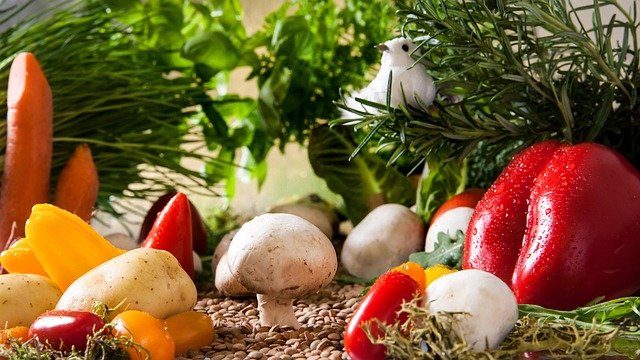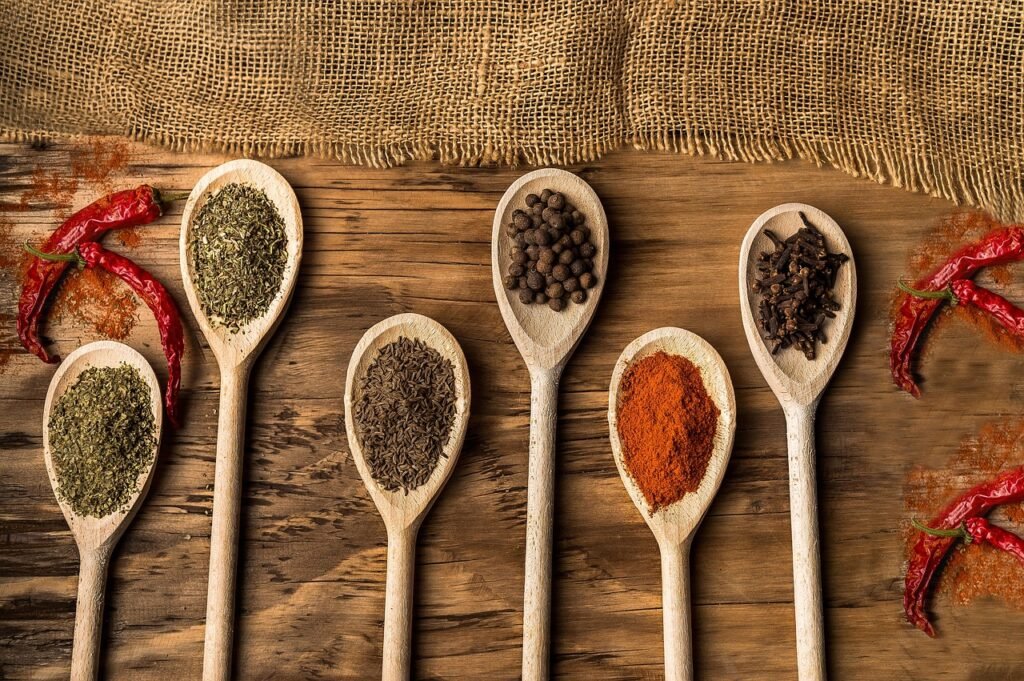Reducing sodium doesn’t have to mean settling for bland food. In fact, lowering your salt intake can be a great opportunity to explore new ingredients, boost your health, and awaken your taste buds in fresh, exciting ways. Whether you’re looking to support healthy blood pressure, follow your doctor’s advice, or simply take a step toward better eating habits, cutting down on salt is a smart move—and it doesn’t mean giving up on flavor.

Here are some simple, delicious strategies to help you reduce sodium in your meals without losing the enjoyment of eating.
Brighten It Up with Citrus
One of the easiest ways to bring food to life—without reaching for the salt shaker—is with a splash of citrus. The natural acidity in fruits like lemon, lime, grapefruit, and orange helps highlight and balance other flavors in a dish. That pop of brightness can elevate everything from roasted vegetables to grilled chicken.
Need more variety? Try lesser-known citrus options like:
- Kumquat – small but intensely tart
- Tangelo – a sweet, juicy tangerine-orange hybrid
- Yuzu – a Japanese citrus fruit with a fragrant, floral twist

Whether you’re squeezing fresh juice over your food, using zest to punch up a marinade, or adding citrus wedges as a garnish, these tangy fruits bring flavor in a heart-healthy package—no sodium required.
Add a Splash of Vinegar
Like citrus, vinegar delivers acidity that brightens and deepens the flavor profile of a dish. The key is to experiment with different types, each offering unique characteristics:
- Balsamic vinegar – rich and slightly sweet, great for salads or roasted vegetables
- Apple cider vinegar – fruity and sharp, ideal for marinades and dressings
- White vinegar – neutral and strong, good for pickling or sharper flavor needs
- Fruit-infused vinegars – mild and subtly sweet, perfect for sauces or glazes

Vinegar doesn’t just replace the need for salt—it also offers additional health perks, such as aiding digestion and stabilizing blood sugar levels, depending on the type and use.
Get Creative with Vegetables
One of the most underused tricks for adding flavor is boosting the vegetable content of your meals. Vegetables naturally bring texture, aroma, and umami (a savory taste) that can satisfy your palate without a pinch of added salt.
Here are a few standout low-sodium, flavor-packed options:
- Onions – caramelize them for sweetness or add them raw for a pungent crunch
- Garlic – roasted, sautéed, or minced fresh, garlic adds deep, savory notes
- Peppers – from sweet bell to spicy jalapeño, they can add heat and complexity
- Leafy greens – spinach, kale, arugula, and herbs like parsley or cilantro offer freshness and bite

Tip: Choose fresh or frozen vegetables without sauces or seasonings. Canned options can be high in sodium unless labeled “low sodium” or “no salt added.” Rinse canned vegetables before use to reduce sodium content further.
Other Flavor Boosters Worth Trying
Don’t stop at citrus, vinegar, or veggies—your spice rack is full of low-sodium magic. Consider adding:
- Dried herbs like oregano, thyme, rosemary, or dill
- Spices such as paprika, cumin, curry powder, or chili flakes
- Aromatics like ginger, lemongrass, or scallions
- Umami-rich ingredients like mushrooms, nutritional yeast, or a hint of miso (use sparingly for sodium-conscious cooking)

Layering these flavors can make your meals exciting and satisfying without needing much—if any—salt.
Why It Matters
High sodium intake is linked to increased blood pressure, which raises the risk of heart disease and stroke—two of the leading causes of death worldwide. While your body does need some sodium to function properly, most people consume far more than necessary, often through processed or restaurant foods.
Making small, consistent changes to how you season your food can go a long way. The best part? Your taste buds adjust. Over time, you’ll begin to appreciate the natural flavors of food more deeply—while still enjoying satisfying, delicious meals.
Final Thoughts
Cutting back on salt doesn’t mean cutting back on flavor. With a little creativity and an open mind, you can transform your kitchen into a hub of vibrant, flavorful, and low-sodium cooking.
Try swapping salt for citrus juice, experiment with different vinegars, load up on fresh vegetables, and dive into your spice cabinet. These techniques don’t just preserve flavor—they expand it.
Your heart, your health, and your taste buds will thank you.

